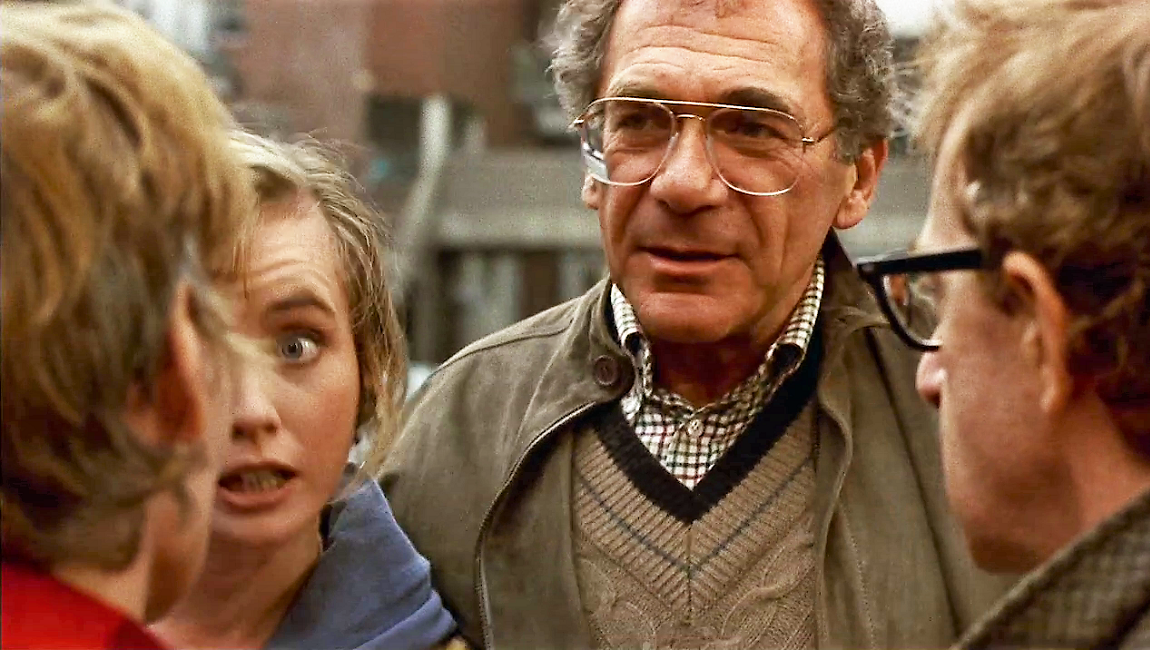Emotional revelations are a common motif throughout Bent Hamer’s filmography, whether it be discovering the significance of family in Eggs, the necessity of friendship in Kitchen Stories, or the hell found at the bottom of a bottle in Factotum. This is true with Hamer’s latest film as well, a return to his native Norway after the aforementioned Matt Dillon-starring, Bukowski-born Barfly riff Factotum. O’Horten is a rare cinematic gem, with every narrative and aesthetic element superbly gelling to create a near-perfect whole. After 40 years employment as a train conductor, Odd Horten (Bård Owe) finds himself reluctantly easing toward retirement. With only one trip from Oslo to Bergen left, Horten travels to attend a retirement banquet in his honor. After the banquet, he’s invited to an after-party at the apartment of one of his fellow conductors. His friends gave him a code to enter the building with, but with the keypad is broken and there’s no way to call his companions, so Odd finds himself stuck out in the cold. Then, as he’s determined to arrive at every scheduled engagement on time, Odd begins a perilous climb up the outside of the building, only to find himself trapped inside a young child’s bedroom. Out of options, Odd takes a much needed nap, but this causes him to miss his final train to Bergen. Marooned in unfamiliar territory and shamefully neglecting his duties, Odd finds himself on a peculiar journey to find new direction in his life: he flirts with an old flame, is detained by airport police, provides solace to his dementia-addled mother, and parties with a former diplomat who drives around blind — shild still finding the time to partake in barroom shenanigans and indulge an underwater encounter with two young, nude lesbians.
Bård Owe plays Odd, the rigid edges of his face a reminder of his character’s agedness. There’s warmth there too: his rough mug smiles on occasion. His demeanor is grandfatherly, and his natural presence onscreen has an unaffected quality that makes it seem not like acting at all. It’s a nuanced and measured turn, weathered and gruff, but when Owe smiles there’s a great sense of joy in the character that blows out the cobwebs. It’s maybe the first performance this year that merits serious awards consideration. The screenplay by Hamer is loose and unpredictable, but appropriately paced and striking all the right notes. O’Horten is peppered with moments of subtle humor, and Hamer’s superb storytelling skills compensate for any lack of a “big event” climax. Instead of impressing the viewer with ostentatious and opaque dialogues and motiveless or modish visual effects, the story relies on simple but emotionally resonant plot progressions to keep it chugging. O’Horten is made up of a string of charming, anecdotal encounters, one seamlessly leading into the next and building upon the last. The script maintains an economic pace devoid of any real contrivance, and while its overarching theme of carpe diem is reminiscent from many films, most notably Alexander Payne’s About Schmidt, O’Horten is imbued with a heartfelt originality that keeps the film absorbing and fresh. The symbolism of the film’s plot is obvious but no less winning: Odd breaks away from the confines of his train, its limited mobility and planned trajectories. He has loved his formalist lifestyle and careful professionalism all his life — he’s been dedicated to it. But his retirement is less a death than a birth, allowing him to explore the freedoms of life through unexpected encounters that widen his worldview. There’s more to it, as we learn toward the end of the film, but the general motif of death and aging bringing about rejuvenation and vitality is one the great strengths of this parable.
Composer John Erik Kaada lends O’Horten its musical accompaniment, his score made up of simple strokes of ivory, creating jovial rhythms, complemented by melancholy strings which give these spirited compositions a contrasting emotional underpinning. Odd’s expressions in the film are resolutely stoic, and the score helps to communicate his emotional state. Cinematographer John Christian Rosenlund also contributes to the texture of the picture, his camera capturing the stunning, cathartic landscapes of Norway. Each location is visually striking, from the snow-capped mountains and the Newton Fjords to the mechanical, motionless train station. And to Rosenlund’s credit, he doesn’t move the camera when he doesn’t have to — there’s no flashy pans or tilts here. All this helps establish a modest tone throughout O’Horten, appropriate for a film of modest ambition that almost unexpectedly, and naturally, takes on such emotional power and significance.







